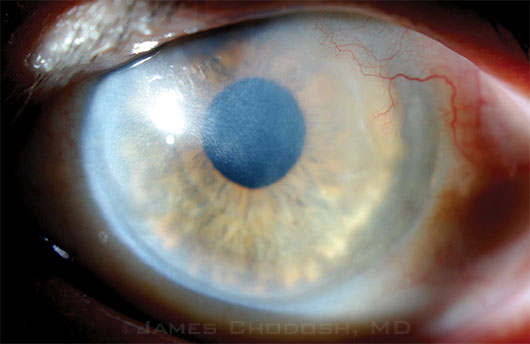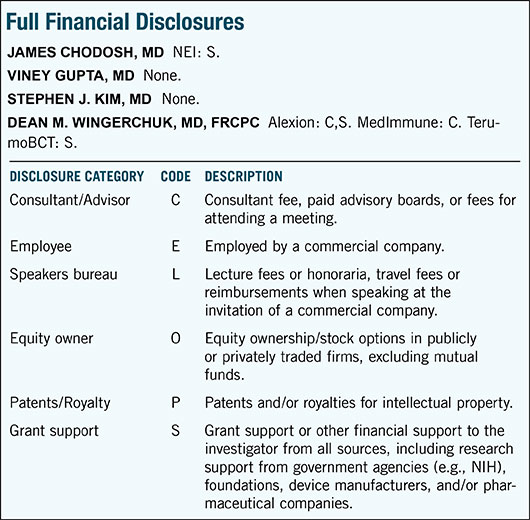Download PDF
Since finishing his cornea fellowship in 1993, James Chodosh, MD, has noticed a dramatic change in the age distribution of patients with herpes zoster ophthalmicus (HZO). This ophthalmic manifestation of shingles results from a reactivation of varicella-zoster virus, which remains dormant in the nerve tissue of people who had chickenpox. “Back then, we almost never saw a patient with shingles under the age of 55,” he said. “Today, we see healthy patients in their 30s, 20s, and even late teens.”
The review. To further explore these clinical impressions, Dr. Chodosh and colleagues conducted a retrospective chart review of 913 patients with acute HZO presenting to the Massachusetts Eye and Ear Infirmary from 2007 through 2013.1 During this period, the number of patients with HZO nearly tripled, increasing from 71 to 195 cases. And the mean age of patients with HZO decreased from 61.2 years to 55.8 years.
The number of patients in the study with a known immune deficiency remained fairly consistent. What, then, could explain these significant changes—similar to those identified in a study published earlier this year in Cornea?2 Although the hypothesis is difficult to prove, Dr. Chodosh suspects that the 2-dose chickenpox vaccine may be to blame: Fewer adults are achieving natural immunological boosts because they have less exposure to children with chickenpox.
 |
HZO. Patient with chronic herpes zoster keratitis.
|
Protect patients. Even though most insurance plans don’t pay for the shingles vaccine until age 60, Dr. Chodosh strongly recommends vaccination by age 50; the FDA indication was lowered from age 60 to 50 years and older in 2011. This is especially important, he said, because ophthalmic shingles can be a lifelong—even blinding—condition that’s very difficult to treat. “However, those with an active ocular inflammatory disease from shingles—or a history of one—should avoid the shingles vaccination, which in anecdotal reports was associated with the exacerbation of ocular inflammation.”
—Annie Stuart
___________________________
1 Davies EC et al. Br J Ophthalmol. July 15, 2015 [Epub ahead of print].
2 Chan AY et al. Cornea. 2015;34(5):535-540.
___________________________
Relevant financial disclosures—Dr. Chodosh: None
For full disclosures and disclosure key, see below.

More from this month’s News in Review